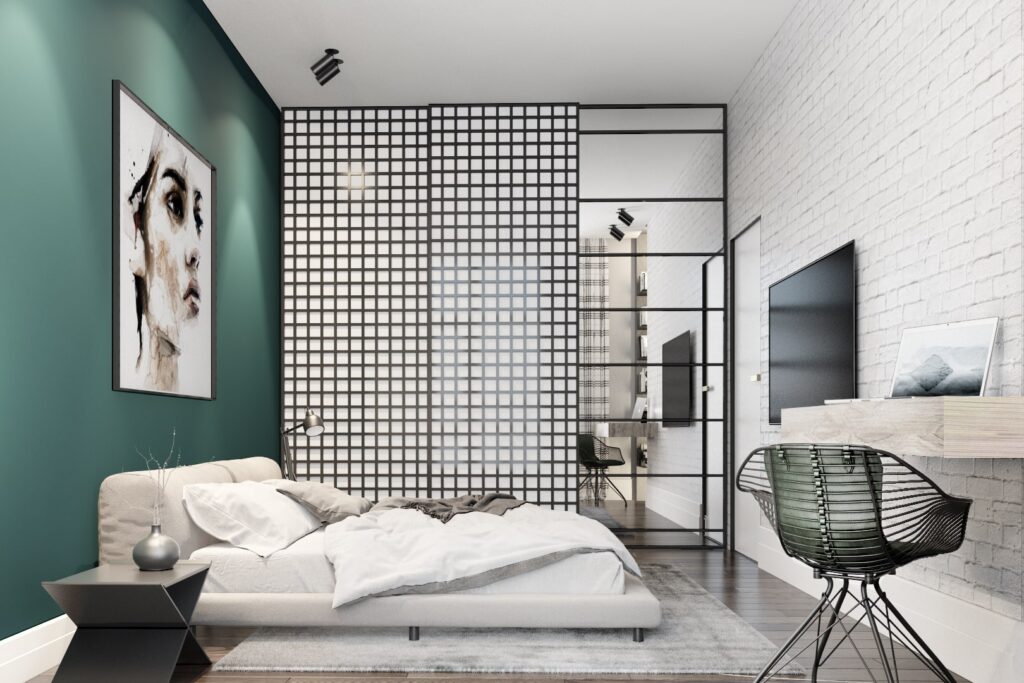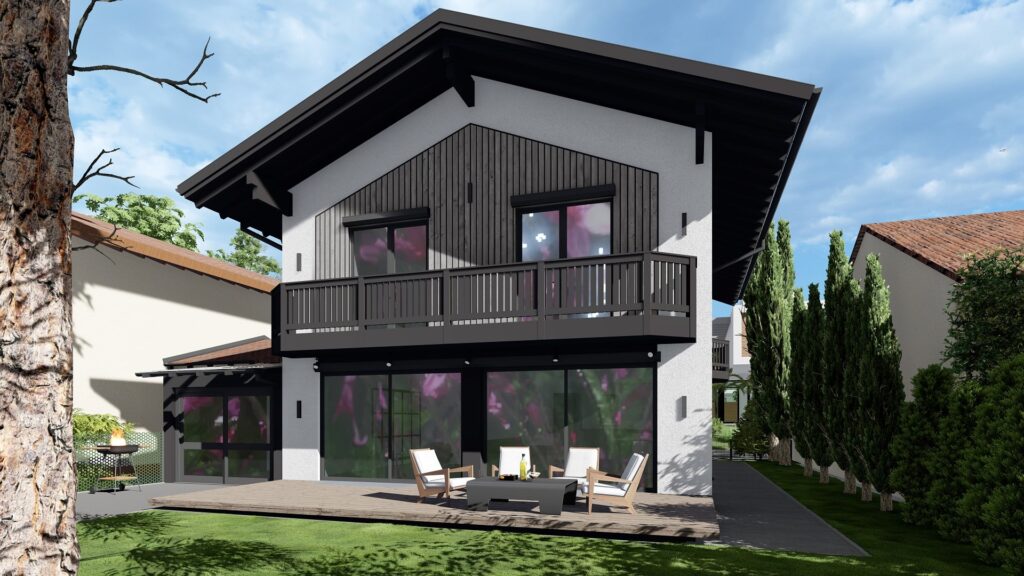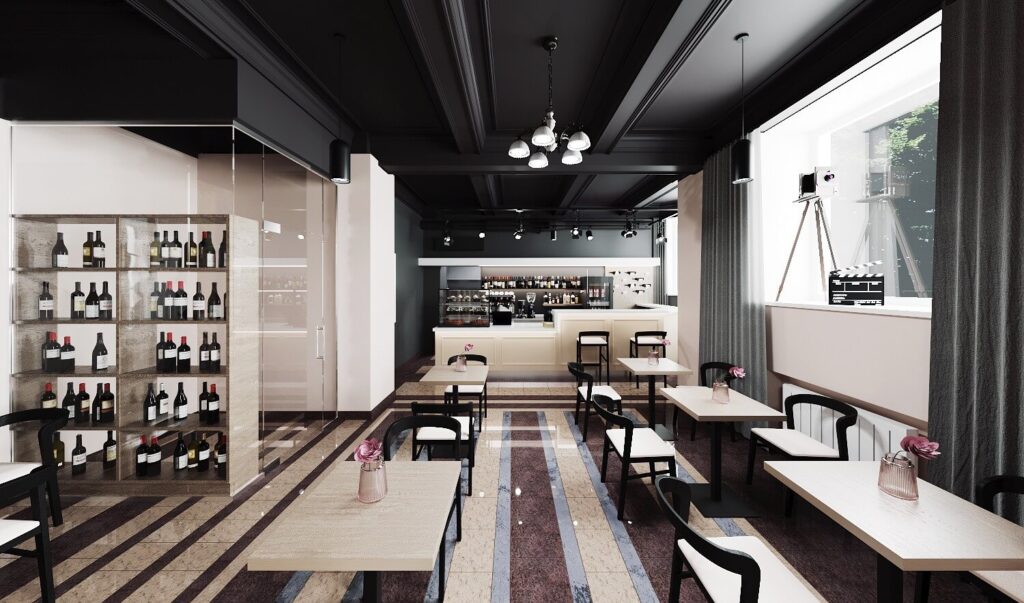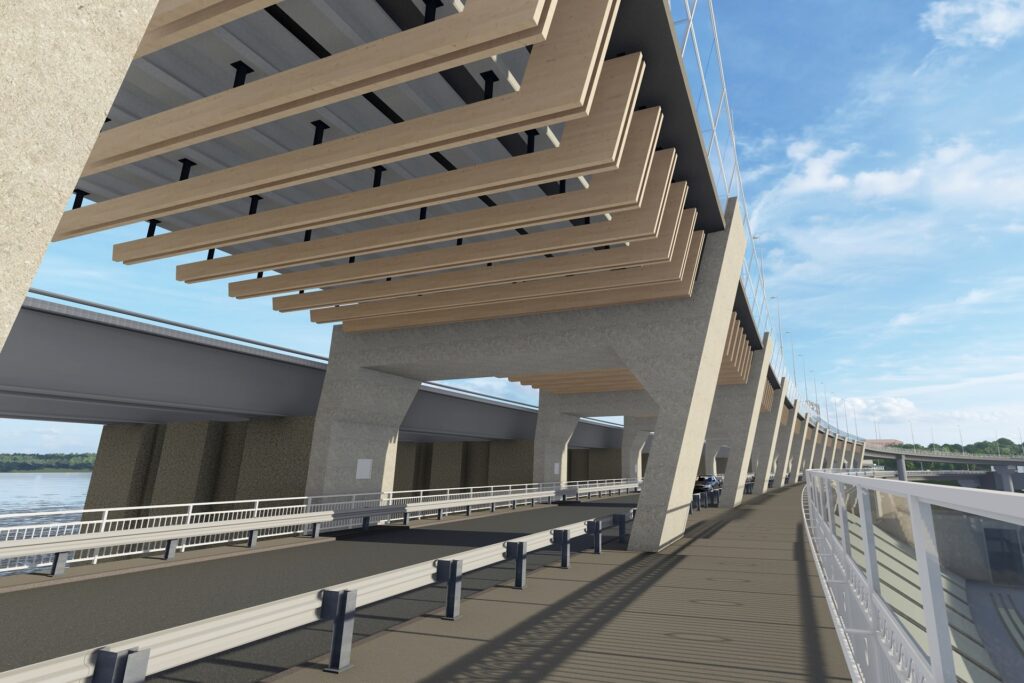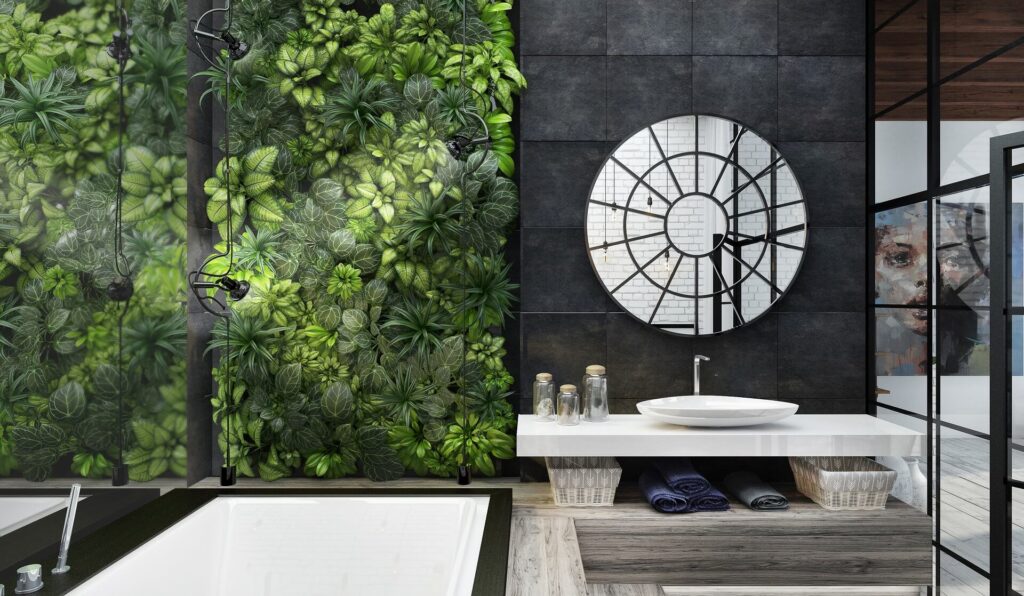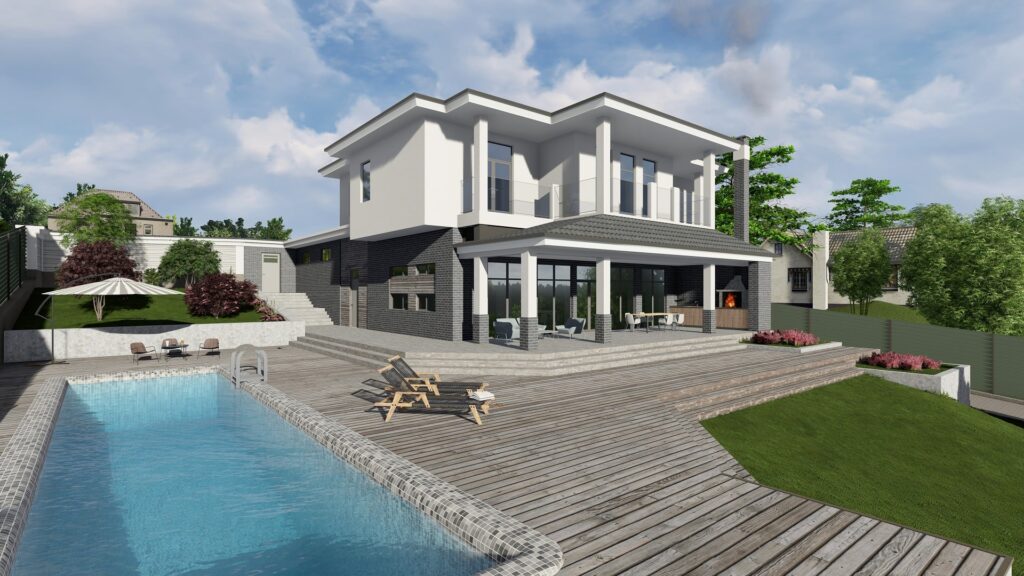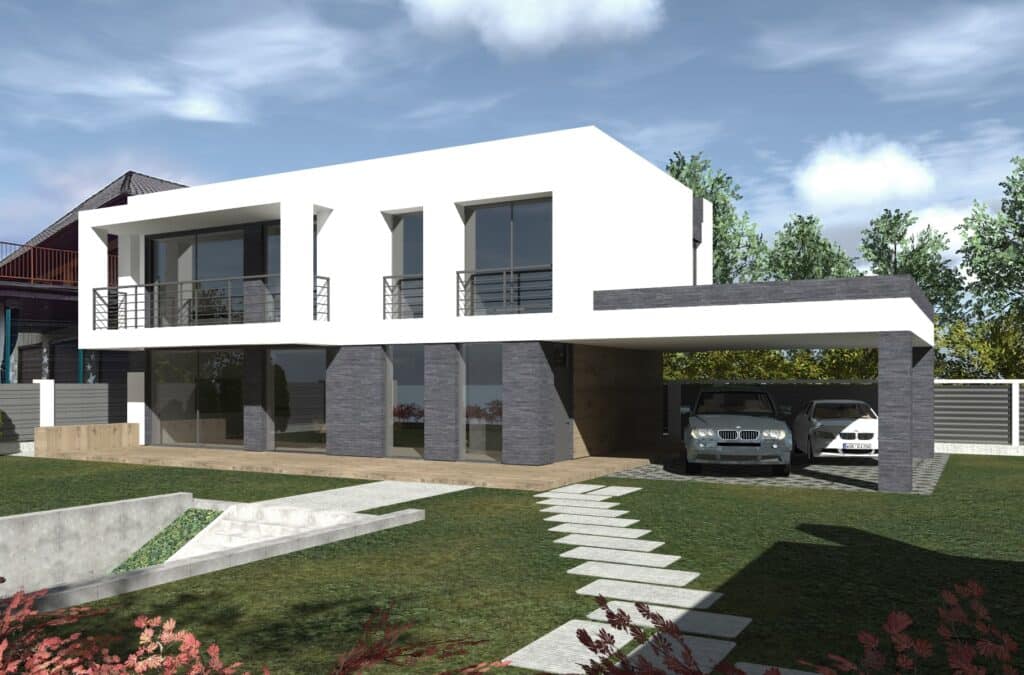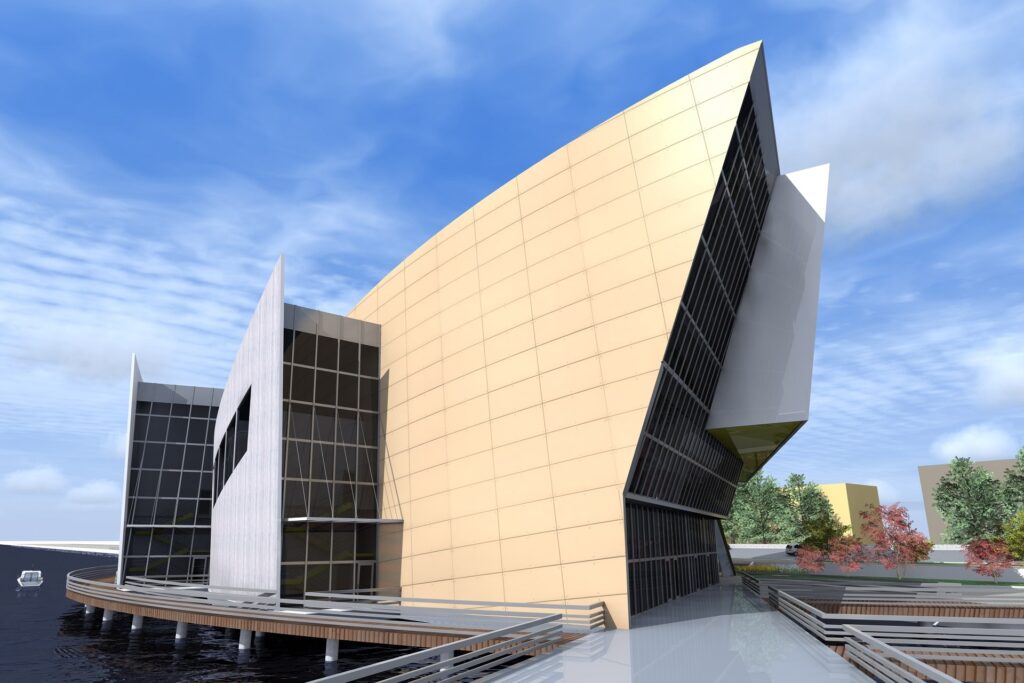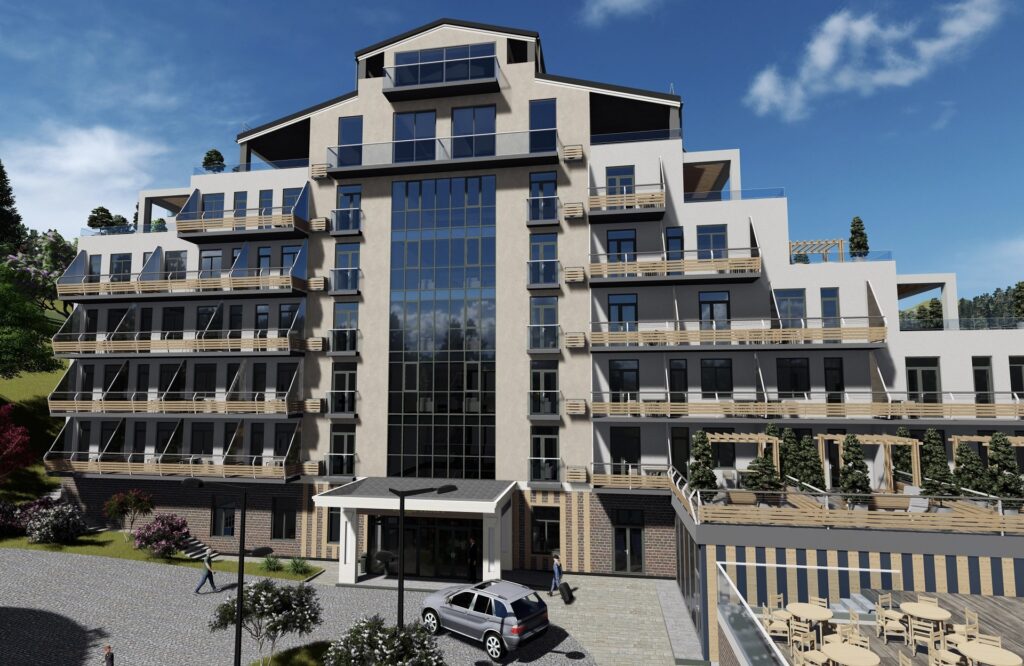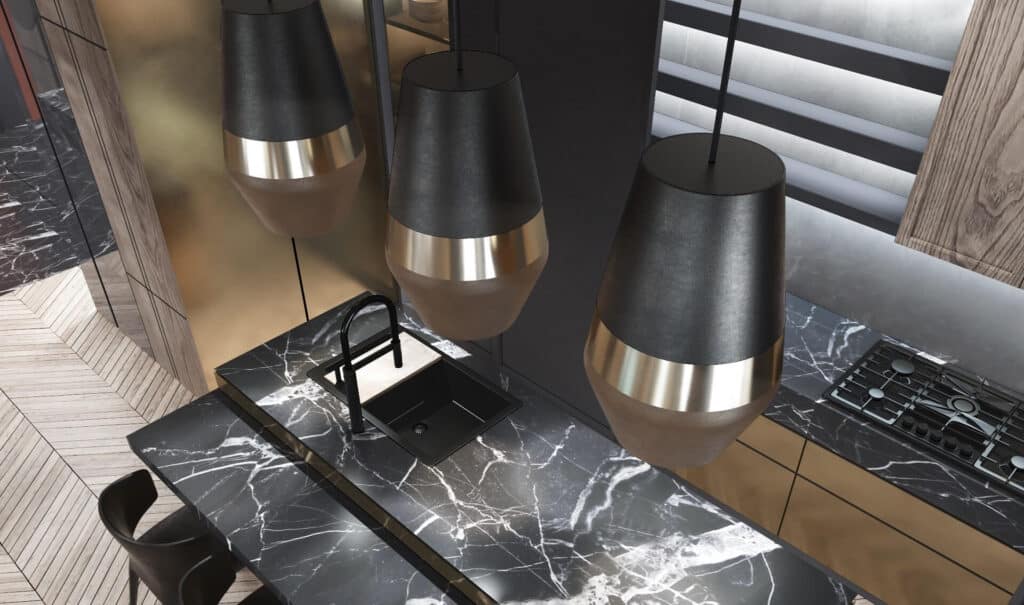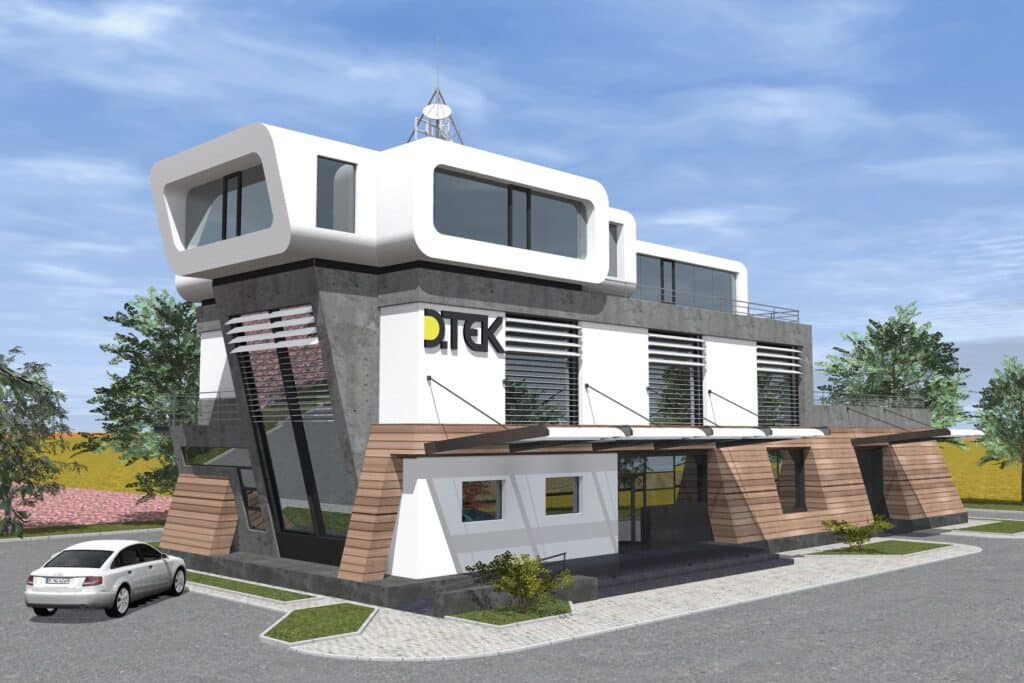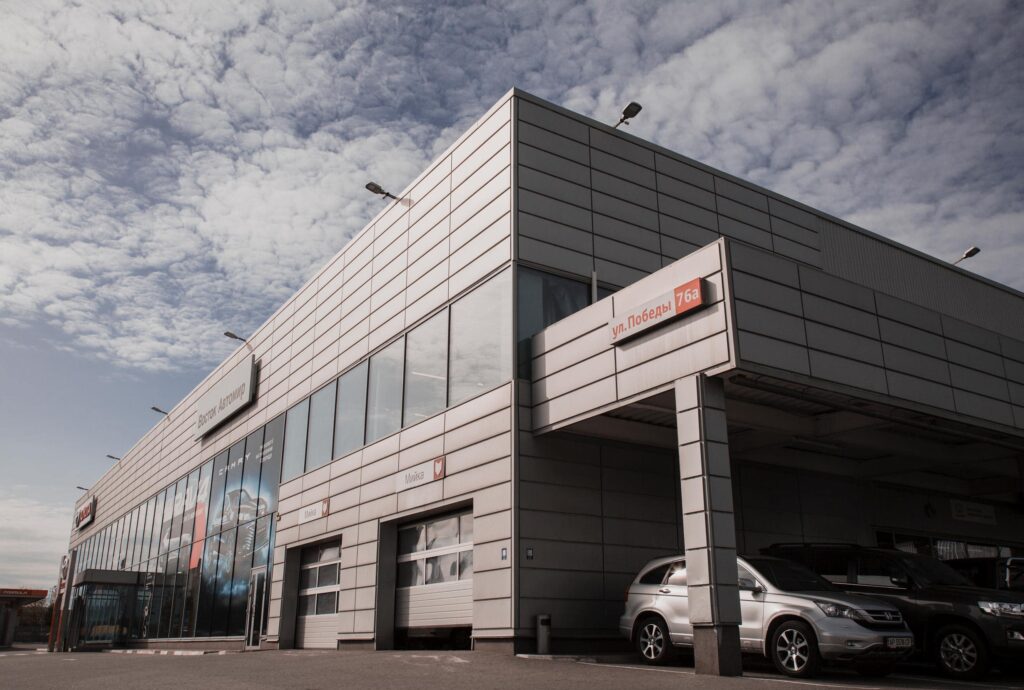Energy-Efficient Technologies: What to Consider During Renovations
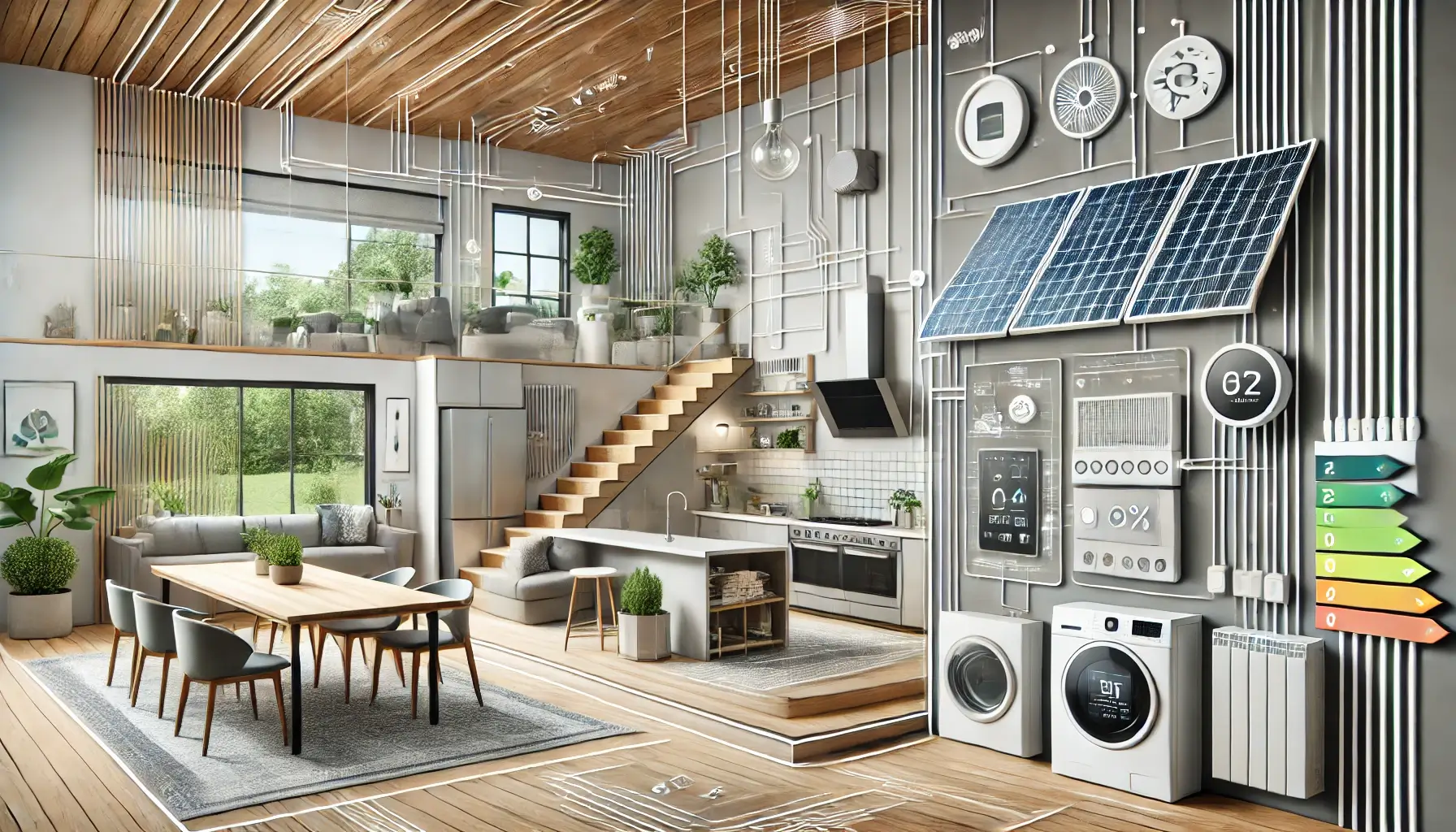
Renovating a home or commercial space offers a unique opportunity to integrate energy-efficient technologies that not only reduce utility costs but also contribute to environmental sustainability. As a designer and architect, my creative journey is deeply intertwined with incorporating these technologies to create spaces that are not only aesthetically pleasing but also environmentally responsible. This article explores the key considerations and innovative solutions to keep in mind when undertaking renovations.
Understanding Energy Efficiency: A Designer’s Perspective
🎨 Energy efficiency is not just a trend; it’s a fundamental aspect of modern design. As a designer, my mission is to blend aesthetics with functionality, ensuring that every renovation project aligns with the principles of sustainability.
- The Art of Integration: Incorporating energy-efficient technologies seamlessly into existing structures requires a nuanced understanding of both the technology and the architectural integrity of the space. This involves selecting materials and systems that complement the design while enhancing efficiency.
- Balancing Aesthetics and Functionality: Achieving energy efficiency doesn’t mean compromising on style. The challenge lies in using innovative solutions that maintain the visual appeal of the space. For instance, energy-efficient windows can be tailored to fit any architectural style without sacrificing performance.
- The Role of Smart Technology: Smart home systems are an invaluable asset in energy-efficient renovations. These technologies allow for real-time monitoring and control of energy use, offering homeowners unprecedented control over their energy consumption.
- Client-Centric Solutions: Every client has unique needs and preferences. Understanding these is crucial in designing a renovation that not only meets energy efficiency standards but also aligns with the client’s vision for their space.
Key Energy-Efficient Technologies to Consider
🏆 As the world pivots towards sustainable living, the variety of energy-efficient technologies continues to expand. Here are some of the most impactful innovations to consider during renovations.
- LED Lighting: Transitioning to LED lighting is one of the simplest yet most effective ways to enhance energy efficiency. LEDs consume significantly less energy than traditional bulbs and have a longer lifespan, reducing replacement costs and waste.
- High-Efficiency HVAC Systems: Upgrading to a high-efficiency heating, ventilation, and air conditioning system can drastically cut energy use. These systems are designed to consume less energy while providing superior climate control.
- Solar Panels: Integrating solar panels during renovations can drastically reduce a building’s carbon footprint. The initial investment is offset by long-term energy savings and potential tax incentives.
- Insulation and Air Sealing: Proper insulation and air sealing are critical. They prevent energy loss, reduce heating and cooling costs, and contribute to a more comfortable indoor environment.
Navigating the Renovation Process: Key Steps
🏗️ Successfully integrating energy-efficient technologies into a renovation requires a strategic approach. Here are the steps I follow to ensure a seamless process.
- Initial Assessment: Begin with a comprehensive assessment of the existing structure. This includes identifying areas with the greatest potential for energy savings and determining any structural limitations.
- Collaboration with Experts: Energy-efficient renovations often require input from various experts, including energy auditors and specialized contractors. Collaboration ensures that all aspects of the renovation are aligned with energy efficiency goals.
- Custom Design Solutions: Every renovation project is unique. Designing custom solutions that cater to the specific needs of the space and the client is crucial for achieving the best results.
- Continuous Monitoring: After the renovation, continuous monitoring of energy consumption is essential. This helps in identifying any inefficiencies and provides data for further improvements.
Cost-Benefit Analysis: Evaluating the Investment
💰 One of the most common concerns about energy-efficient renovations is the cost. However, a thorough cost-benefit analysis often reveals that the long-term savings outweigh the initial investment.
- Upfront Costs vs. Long-Term Savings: While energy-efficient technologies can be costly upfront, the reduction in utility bills over time can lead to significant savings. Understanding this balance is crucial for making informed decisions.
- Available Incentives: Many governments and organizations offer incentives for energy-efficient renovations. These can significantly offset costs and make such projects more financially viable.
- Increased Property Value: Energy-efficient homes often have a higher resale value. As demand for sustainable living increases, properties with integrated energy-efficient technologies become more attractive to buyers.
- Environmental Impact: Beyond financial considerations, the environmental benefits of reducing energy consumption contribute to a healthier planet, which is a value-add for many homeowners.
Overcoming Common Challenges in Energy-Efficient Renovations
🔧 Despite the numerous benefits, there are challenges associated with integrating energy-efficient technologies into renovations.
- Compatibility with Existing Structures: One of the primary challenges is ensuring that new technologies are compatible with the existing structure. This requires careful planning and expertise.
- Budget Constraints: Budget limitations can restrict the extent of energy-efficient upgrades. Prioritizing the most impactful changes can help optimize the budget.
- Technological Advancements: The rapid pace of technological advancements can make it difficult to choose the right solutions. Staying informed about the latest innovations is key.
- Client Expectations: Aligning client expectations with realistic outcomes is crucial. Clear communication and setting achievable goals can mitigate misunderstandings.
Success Stories: Inspiring Case Studies
📚 Real-life examples demonstrate the transformative power of energy-efficient renovations. Here are some success stories that exemplify best practices.
- Urban Residential Transformation: A historic home in an urban area was transformed with energy-efficient upgrades, including solar panels and a smart lighting system, reducing energy costs by 50%.
- Commercial Office Revamp: A commercial office underwent a renovation that included high-efficiency HVAC systems and LED lighting, resulting in significant energy savings and improved employee comfort.
- Net-Zero Energy Home: A family home was renovated to achieve net-zero energy status through comprehensive insulation, solar energy integration, and smart home technologies.
- Sustainable Community Center: A community center was renovated with energy efficiency in mind, incorporating green roofs, rainwater harvesting, and efficient lighting, serving as a model for sustainable community spaces.
The Future of Energy-Efficient Renovations
🌱 The future of design and architecture is intrinsically linked to sustainability. As a designer, my commitment is to continue exploring and implementing energy-efficient technologies in every project.
- Ongoing Innovation: The field of energy-efficient technologies is continually evolving. Staying at the forefront of these innovations is essential for delivering cutting-edge solutions.
- Holistic Design Approach: Future renovations will increasingly adopt a holistic approach that considers the entire lifecycle of the building, from materials to energy consumption.
- Community Engagement: Engaging with communities to promote the benefits of energy-efficient renovations will be crucial in driving widespread adoption.
- Sustainability as a Standard: Ultimately, the goal is to make sustainability a standard practice in all renovation projects, leading to a more sustainable future for all.
Incorporating energy-efficient technologies into renovations is not just about reducing costs; it’s about creating spaces that embody the principles of sustainability and innovation. As a designer and architect, I am excited to be part of this transformative journey towards a greener future.

